Tswana Traditional Dresses: Reviving and Preserving Centuries-Old Fashion Traditions
Tswana Traditional Dresses: Reviving and Preserving Centuries-Old Fashion Traditions

Introduction
Tswana traditional dresses are not just pieces of clothing, but symbols of a rich cultural heritage that has been passed down through generations. These dresses are vibrant, colorful, and exquisitely designed, reflecting the traditions and beliefs of the Tswana people.
The significance of Tswana traditional dresses
Tswana traditional dresses hold deep cultural significance. They are worn during important occasions such as weddings, initiation ceremonies, and other traditional celebrations. The designs and patterns on these dresses often represent specific meanings and symbols that are unique to the Tswana culture. Wearing these dresses is a way for Tswana people to connect with their roots and showcase their cultural pride.


The importance of preserving cultural fashion traditions
Preserving Tswana traditional dresses is crucial for several reasons. Firstly, it helps to maintain and celebrate the Tswana cultural identity. By passing on the knowledge and skills of creating these dresses to younger generations, the traditions and customs associated with them can be kept alive.
Additionally, preserving cultural fashion traditions contributes to the diversity and richness of the global fashion industry. These dresses are not only beautiful but also serve as a source of inspiration for modern fashion designers who seek to incorporate traditional elements into their creations.
By reviving and preserving centuries-old Tswana fashion traditions, we ensure that the legacy and beauty of these dresses continue to be appreciated and cherished for many more generations to come.


History of Tswana Traditional Dresses
Origins and evolution of Tswana traditional dresses
Tswana traditional dresses have a rich history that dates back centuries. The dresses have been influenced by the traditional culture and customs of the Tswana people, who are indigenous to Southern Africa. Over time, these dresses have evolved, incorporating different patterns, colors, and designs. The Tswana traditional dress is known for its vibrant colors, intricate beadwork, and unique geometric patterns. It is a reflection of the Tswana people’s pride in their heritage and their desire to preserve their cultural traditions.


Influence of historical events on Tswana fashion
Historical events have also played a significant role in shaping Tswana fashion. During the colonial era, Tswana traditional dresses faced challenges due to Western influences. However, in recent years, there has been a revival and renewed interest in preserving and promoting Tswana fashion. This resurgence is a testament to the Tswana people’s determination to embrace their identity and celebrate their cultural heritage. Today, Tswana traditional dresses are not only worn for special occasions but have also become a symbol of pride and cultural identity. They serve as a reminder of the rich history and traditions of the Tswana people.
Characteristics of Tswana Traditional Dresses
Traditional fabrics, colors, and patterns used
Tswana traditional dresses are known for their vibrant colors and unique patterns. The fabrics used are often sourced locally and reflect the rich culture and heritage of the Tswana people. Common fabrics include shweshwe, a cotton dyed with intricate geometric patterns, and kente, a colorful fabric made of silk or cotton. These fabrics are often adorned with eye-catching motifs and symbols, each carrying its own significance and meaning.
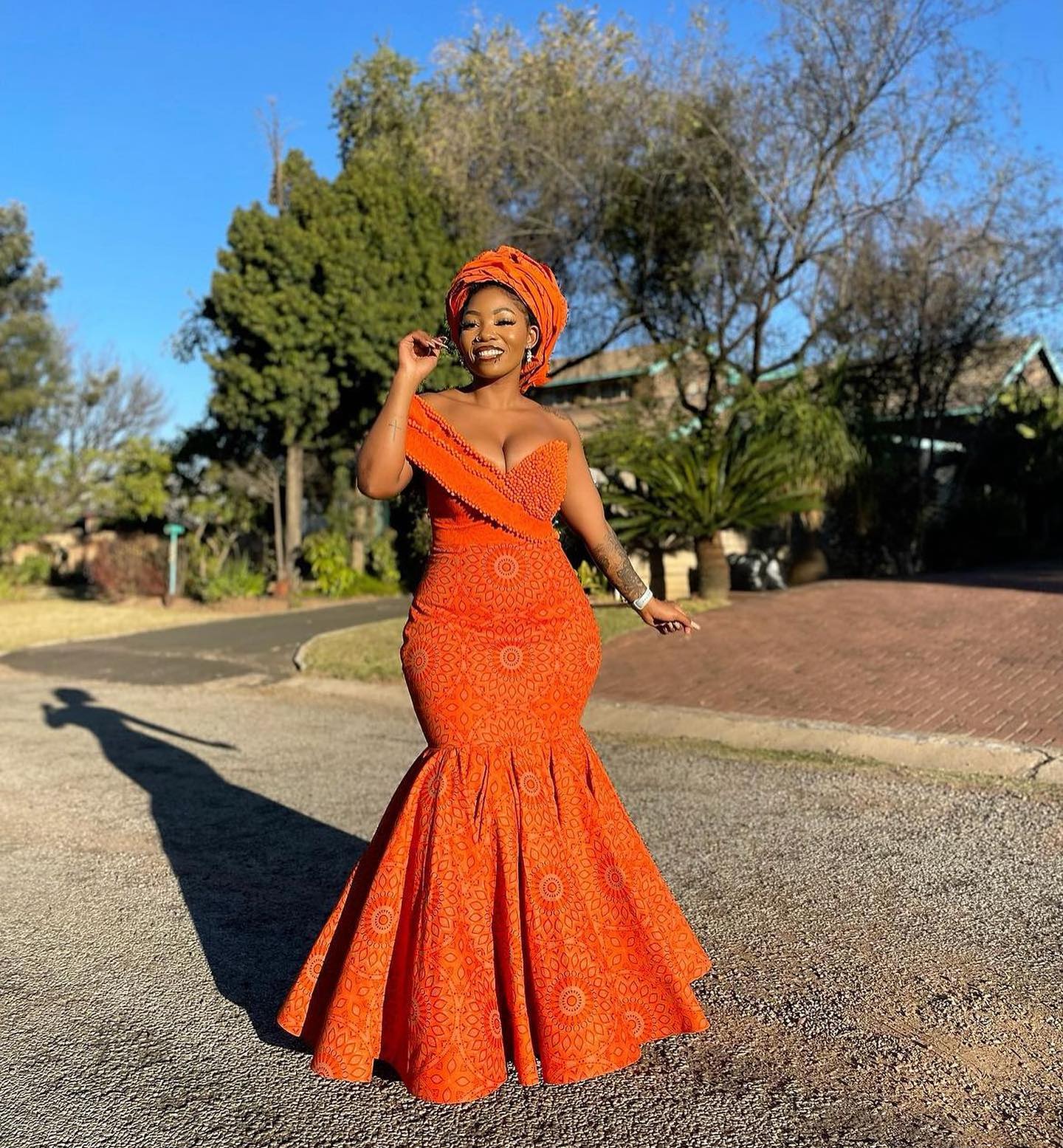

Traditional dress styles and designs
Tswana traditional dresses come in various styles and designs, each representing different occasions and events. The most common style is the skirt and blouse ensemble, featuring a colorful A-line skirt paired with a matching blouse. Another popular style is the traditional wrap dress, which is a long flowing garment wrapped around the body. These dresses are often accessorized with beaded jewelry, head wraps, and sandals to complete the traditional Tswana look.
The revival and preservation of Tswana traditional dresses are not only important for celebrating cultural heritage but also for promoting local artisans and preserving centuries-old fashion traditions. By embracing and wearing Tswana traditional dresses, individuals can showcase their pride in their heritage and contribute to the continued recognition and appreciation of this unique fashion style.
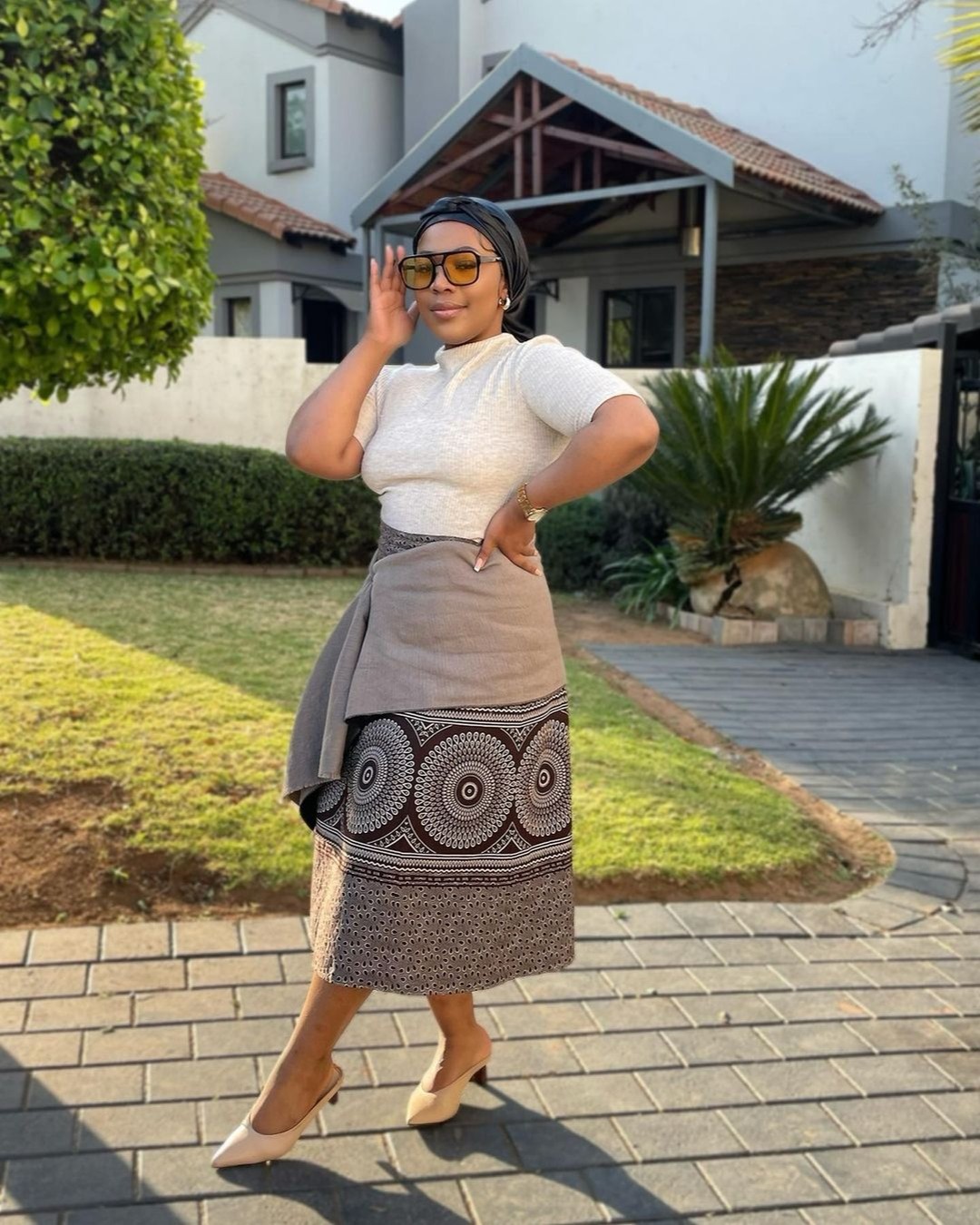
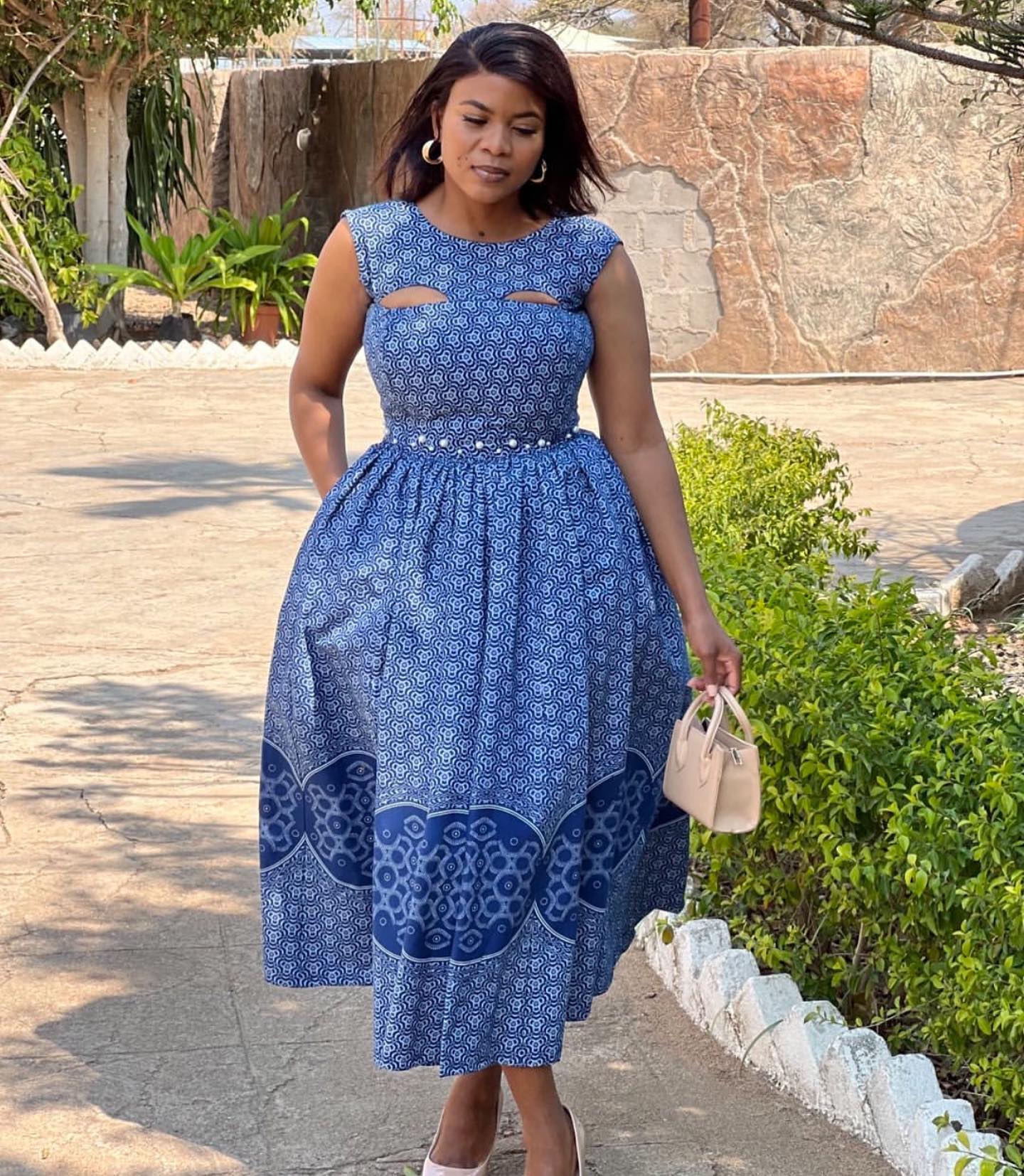
Reviving Tswana Traditional Dresses
Efforts to revive and promote Tswana traditional dresses
In recent years, there has been a growing movement to revive and preserve the centuries-old fashion traditions of the Tswana people. Efforts have been made to highlight the beauty and cultural significance of Tswana traditional dresses. This includes organizing fashion shows and exhibitions, where designers showcase their modern interpretations of traditional Tswana attire. Additionally, organizations and individuals are working to document and preserve the techniques and motifs used in Tswana dressmaking, ensuring that future generations can learn and carry on this unique fashion heritage.

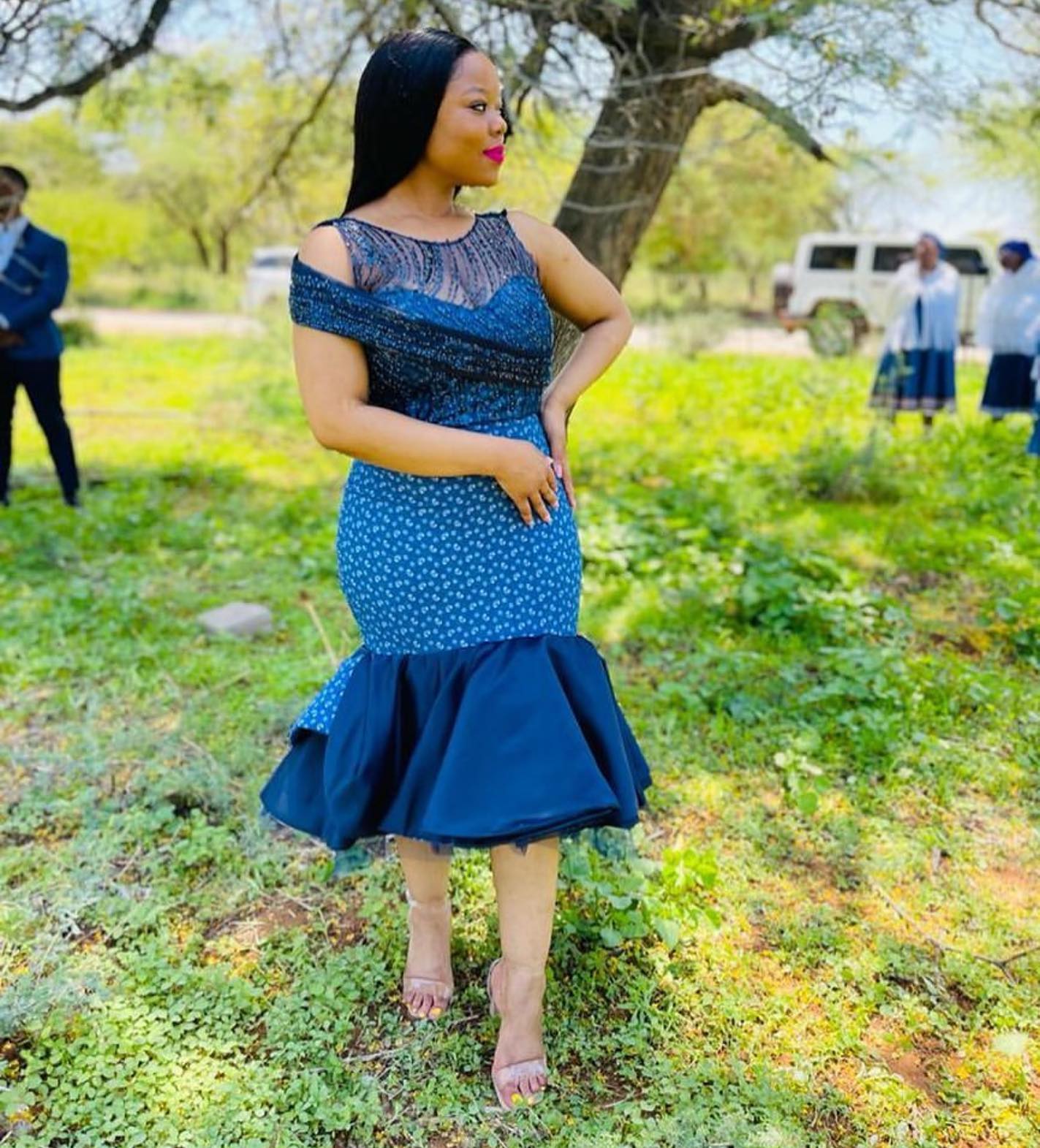
Incorporating Tswana fashion into modern trends
While the focus is on reviving traditional Tswana garments, there is also an increasing interest in incorporating Tswana fashion into modern trends. Designers are experimenting with blending traditional elements with contemporary styles, creating unique and visually stunning pieces that appeal to a wider audience. By merging traditional craftsmanship and modern aesthetics, Tswana fashion is being revitalized and gaining recognition both locally and internationally.
Overall, the efforts to revive and preserve Tswana traditional dresses are not only celebrating the cultural heritage of the Tswana people but also creating opportunities to showcase the beauty and craftsmanship of these garments to the world.
Preserving Tswana Fashion Traditions
The rich and vibrant cultural heritage of the Tswana people in southern Africa extends to their traditional dress. These centuries-old fashion traditions are not only a source of identity and pride but also an important part of their cultural heritage. Efforts are being made to revive and preserve these traditions for future generations to appreciate and enjoy.


Role of cultural preservation organizations
Cultural preservation organizations play a crucial role in the revival and preservation of Tswana fashion traditions. These organizations actively work towards documenting and promoting Tswana fashion through exhibitions, workshops, and educational initiatives. By showcasing the beauty and significance of Tswana traditional dresses, they create awareness and appreciation among both Tswana communities and outsiders.
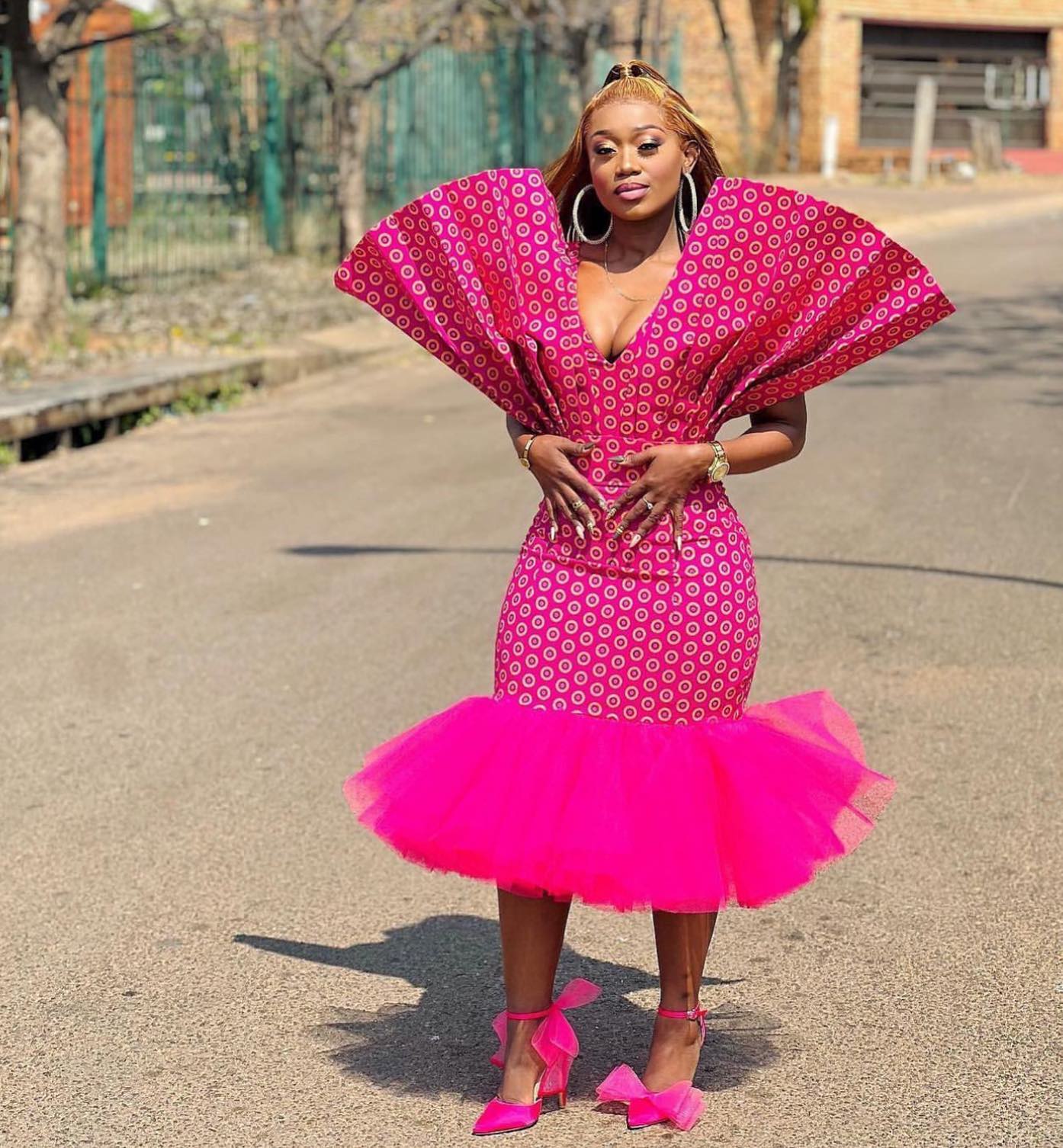
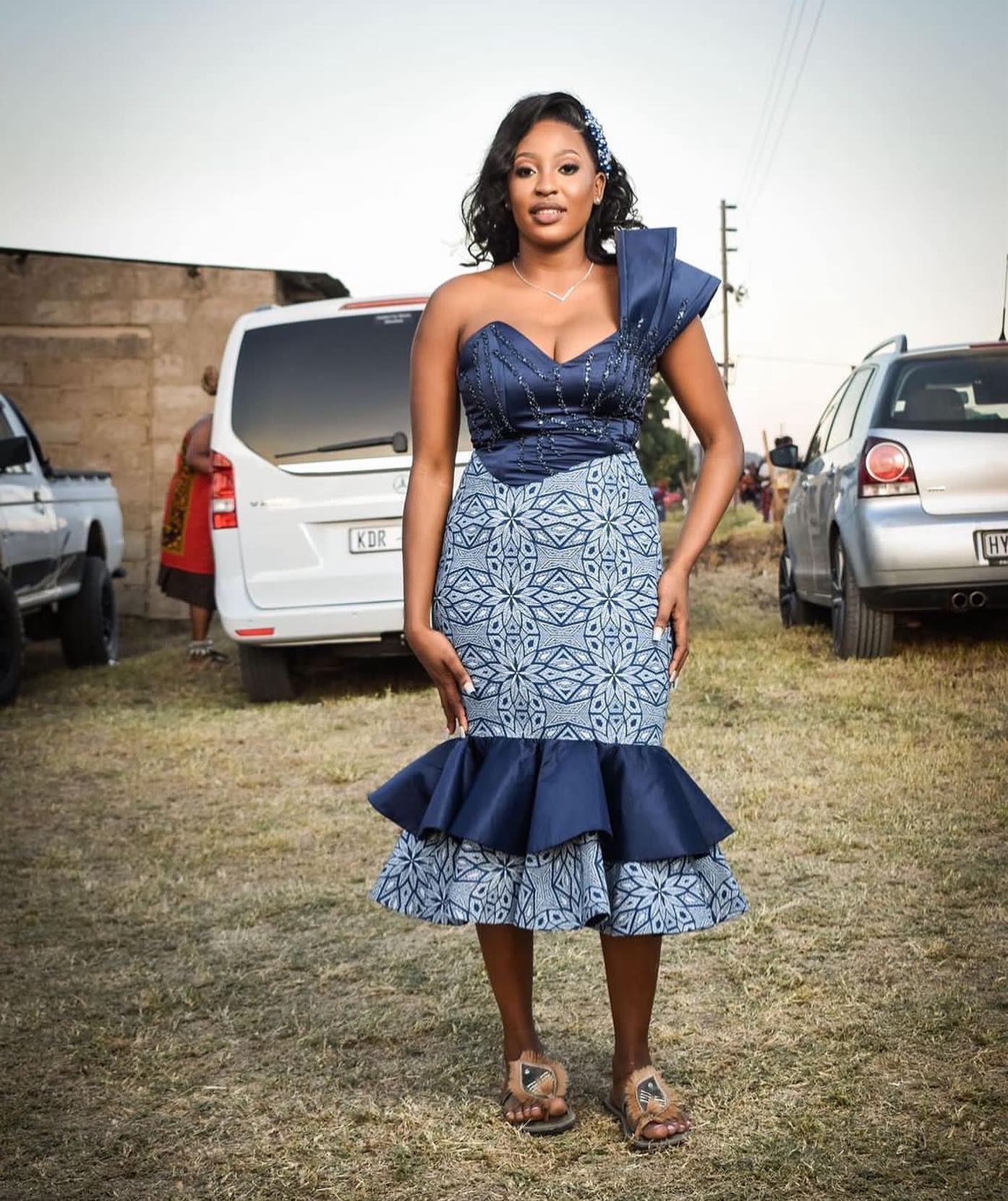
Passing down Tswana fashion knowledge through generations
One of the most important ways to preserve Tswana fashion traditions is by passing down knowledge and skills from one generation to another. Elders and master artisans impart their expertise in designing and creating traditional dresses to younger members of the community. This ensures that the artistry and craftsmanship involved in Tswana fashion continue to thrive and evolve.
Through the combined efforts of cultural preservation organizations and the commitment of the Tswana community, the centuries-old fashion traditions of the Tswana people are being revived and preserved. By embracing and celebrating their cultural heritage, the Tswana people are not only preserving their identity but also ensuring that future generations can appreciate the beauty and significance of Tswana traditional dresses.
Comments are closed.